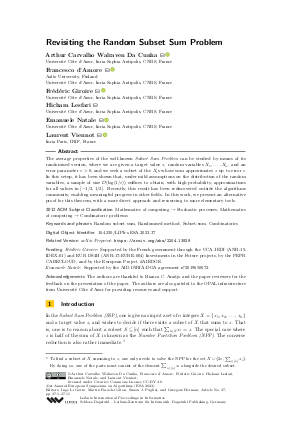LIPIcs.ESA.2023.37.pdf
- Filesize: 0.66 MB
- 11 pages

 Creative Commons Attribution 4.0 International license
Creative Commons Attribution 4.0 International license

















Feedback for Dagstuhl Publishing